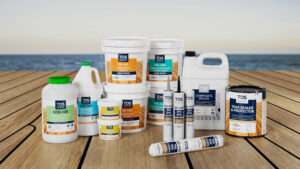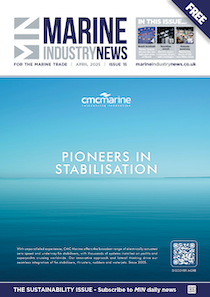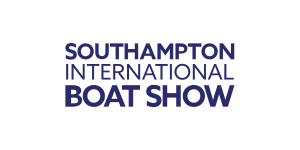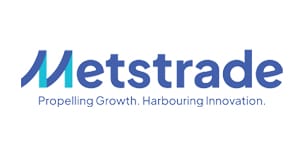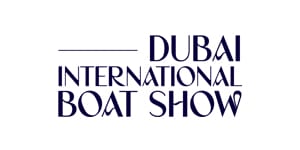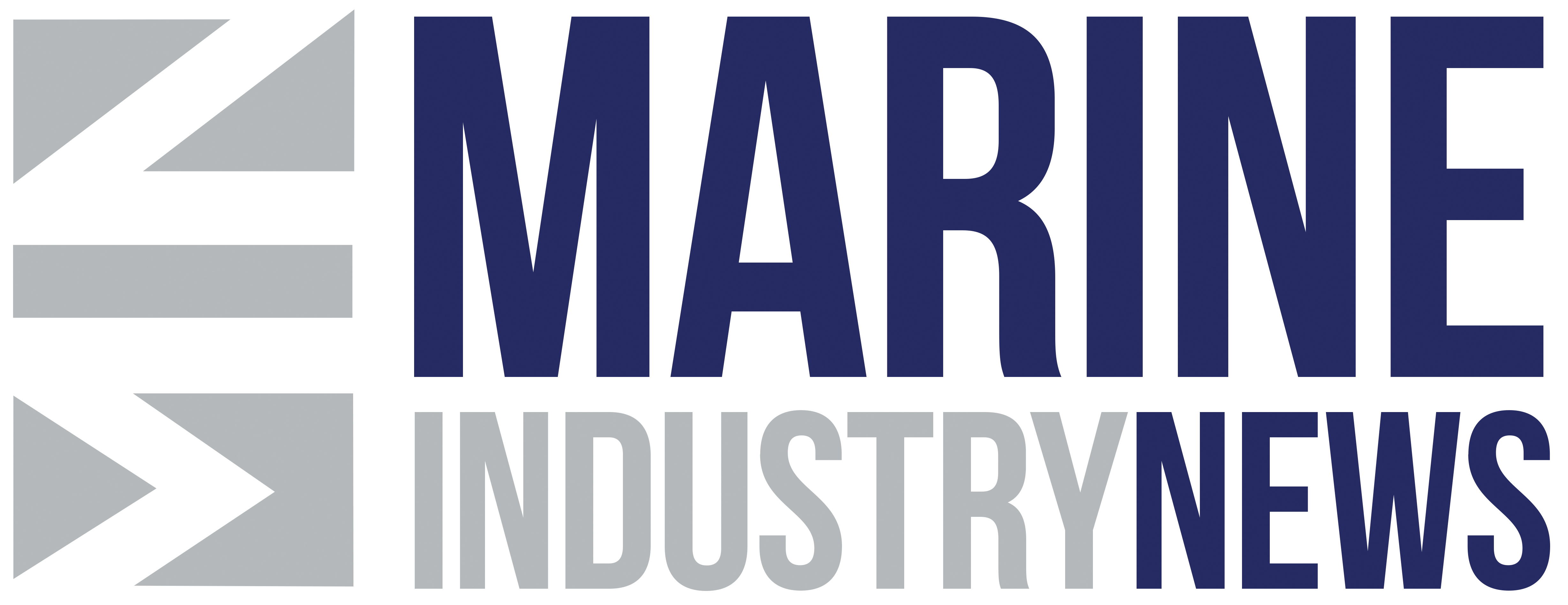Higher aluminium and steel tariffs kick in today as UK escapes – for now
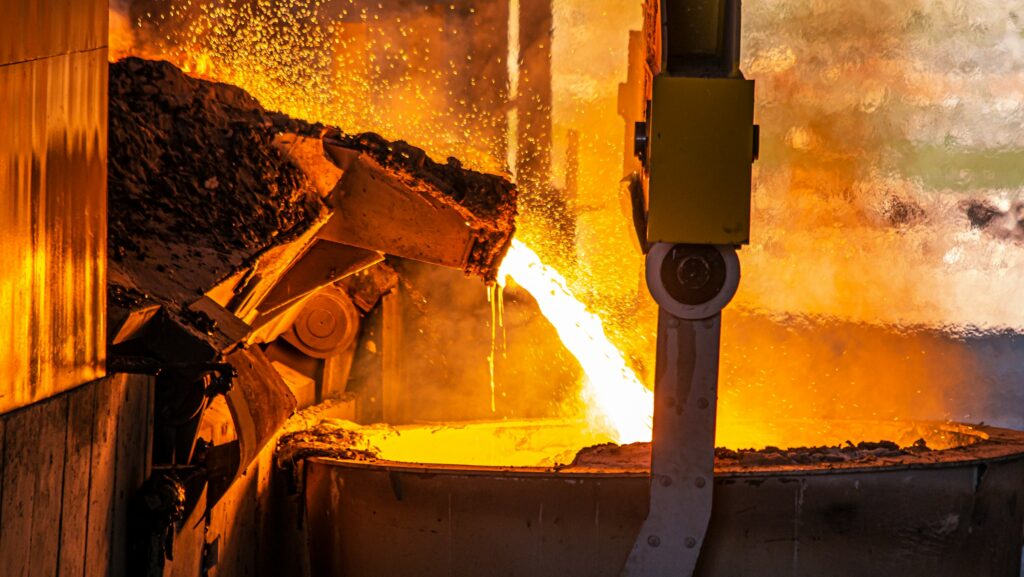
President Donald Trump has signed an executive order doubling Section 232 tariffs on imported steel and aluminium from 25 per cent to 50 per cent, effective from today (4 June 2025).
The announcement of steel and aluminium tariff increases was made in Trump’s speech at US Steel’s Mon Valley Works–Irvin Plant near Pittsburgh, PA, on Friday (30 May 2025), and later confirmed in a post on Truth Social.
Yesterday (3 June 2025), it was confirmed that the UK will be temporarily spared the higher rate, with the levy remaining at 25 per cent, thanks to a UK-US tariff pact signed in May. However, the pact has yet to come into force, and UK exporters could face higher tariffs if the pact falters.
The decision to exempt UK products from the tariff hike amounts to a temporary reprieve of just over a month, with a US deadline of 9 July approaching. That date marks when broader ‘Liberation Day’ tariff suspensions could take effect for US trading partners.
Trump has indicated he expects the US’ trading partners to present their “best offer” to avoid additional import tariffs on other goods, due to take effect in early July.
Of the special UK situation, Trump’s executive order says: “On or after 9 July, the secretary may adjust the applicable rates of duty and construct import quotas for steel and aluminium consistent with the terms of the EPD [economic prosperity deal], or he may increase the applicable rates of duty to 50 per cent if he determines that the United Kingdom has not complied with relevant aspects of the EPD”.
The rollercoaster nature of the tariffs continues to cause whiplash across a rattled global economy.
On Thursday (29 May 2025), a federal appeals court temporarily reinstated the president’s broadest tariffs, just one day after a US trade court found he had exceeded his authority in imposing them and ordered their immediate suspension.
A United States judge dismissed California’s challenge to Donald Trump’s tariffs late on Monday, ruling that the dispute should have been filed in a specialised US trade court in New York. The state can file an appeal over the court’s ruling.
In his remarks made at the announcement on Friday (30 May 2025), Trump stated the move would “even further secure the steel industry in the US”. He also referenced a developing agreement involving Japan’s Nippon Steel and US Steel, which he said would involve significant investment while keeping US Steel headquartered in Pittsburgh. The president noted that he has not yet formally approved the deal, which remains under review.
Read the latest news about trade tariffs and how they are affecting the marine sector globally
Global reaction to aluminium and steel tariff increase
The European Commission expressed strong opposition to the new, higher steel and aluminium levies, and stated it is preparing countermeasures, noting the move “undermines ongoing efforts to reach a negotiated solution” and “adds further uncertainty to the global economy.”
Canada’s Chamber of Commerce and officials from Australia also criticised the tariff increase, citing its potential effects on cross-border supply chains and economic relations.
US steelmaker stocks, including Cleveland-Cliffs and Nucor, rose following the announcement.
The United States remains the world’s largest steel importer (excluding the EU), importing 26.2m tons in 2024, according to the US Department of Commerce. Canada, Brazil, Mexico and South Korea are among the top sources of US steel imports.
The National Marine Manufacturers Association (NMMA), a trade association representing boat, marine engine and accessory manufacturers in North America, says it “continues to advocate for a strategic, sector-specific approach to tariffs that strengthens our global leadership while upholding the tradition of excellence in American manufacturing.”




